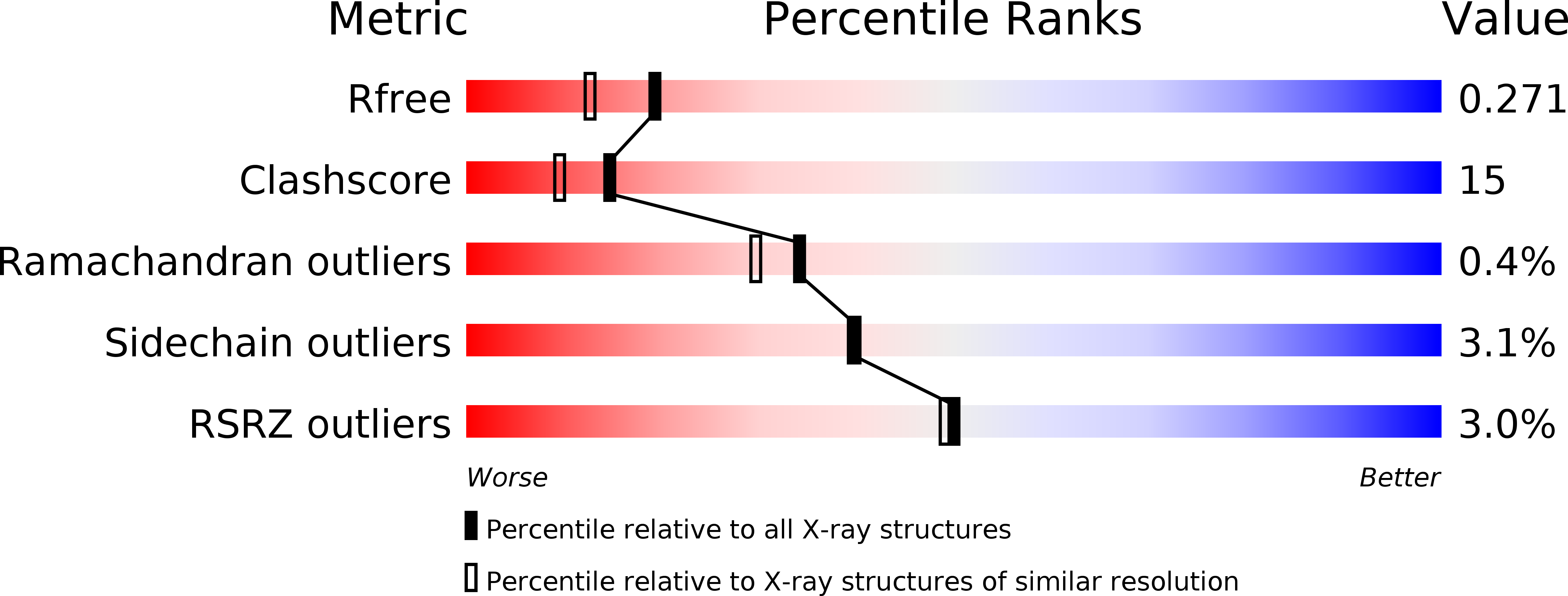
Deposition Date
2003-05-12
Release Date
2004-06-08
Last Version Date
2024-02-14
Entry Detail
PDB ID:
1P9Q
Keywords:
Title:
Structure of a hypothetical protein AF0491 from Archaeoglobus fulgidus
Biological Source:
Source Organism:
Archaeoglobus fulgidus (Taxon ID: 2234)
Host Organism:
Method Details:
Experimental Method:
Resolution:
2.00 Å
R-Value Free:
0.27
R-Value Work:
0.21
Space Group:
P 1


